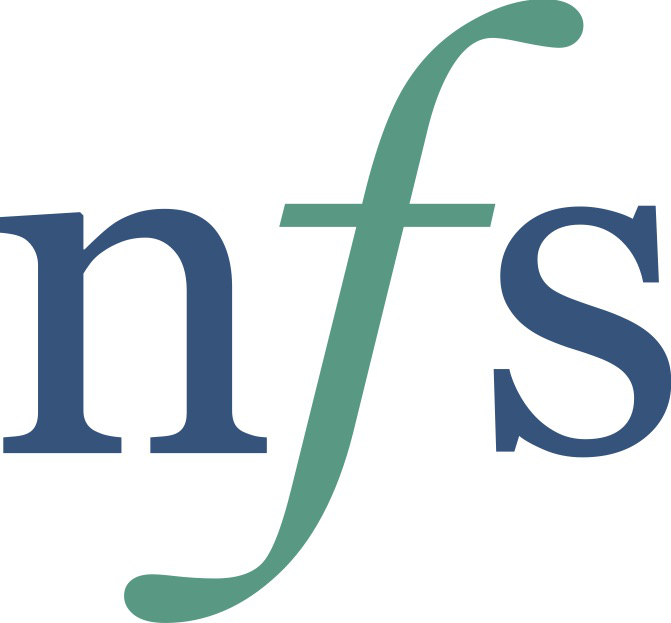Speaker
Description
Laser Interferometer Space Antenna (LISA), will be the first space based gravitational wave observatory, which is mainly funded by the European Space Agency (ESA). Planned for launch in the early 2030s, LISA is designed to detect GW sources spanning the whole history of the Universe. While the loudest sources will be resolved individually, the rest will combine into a stochastic GW background (SGWB).
It is generally believed that several phase transitions have taken place in the early universe. The effects of cosmological phase transitions may well have been crucial for the evolution of the universe.
First-order cosmological PTs are predicted in many scenarios beyond the Standard Model of particle physics. It is quite possible that these PTs may lead to the baryon asymmetry, one of the most important properties of our universe. They also provide a particularly compelling source of GWs in the early universe. At a first-order cosmological PT, bubbles of a new phase begin to nucleate and expand as the universe cools. The region inside the bubbles contains the new phase, typically characterized by a vacuum expectation value (VEV) of a scalar field that differs from its value outside the bubbles. The collision of the bubbles and the resulting motion of the ambient cosmic fluid sources a stochastic GW background that can be observable at GW interferometers like LISA.

